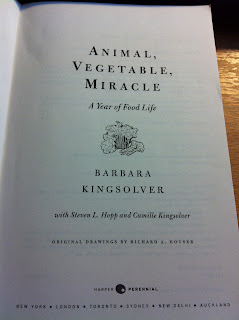Example A:
We all know that family is something very special and unique. Family represents peace and tranquility and provides love to its lovely ones. Besides love, family provides security. However, in Barbara Ehrenreich’s essay, she says that “family can be dangerous”. In other words, Ehrenreich says that “the family has become a hell”. She also provides concise examples on how family has changed. Finally, Barbara argues that “women are hurt by their own lovers”. That is why I strongly agree with her essay. We never know when family can change from a sweet place to a horrifying place.
Example B:
Family, an exclusive group of people who share a close relationship, means a lot to everyone because people can find comfort and assistance in it. No one can deny that blood is thicker than water. However, even though families have a warm and positive influence, they still conceal some possibilities of having dangerous and negative effects. In “Are Families Dangerous?” Ehrenreich says that “the family, in other words, becomes personal hell” (38). I strongly support this point because everything a family member says and does is calculated for effect because we learn from the actions around us, which shape our characters and personalities, due to the people you are often with. Sometimes harm can't be avoided, like some bad language, violent behaviors, and even murders. Thus, families have a harmful influence on victims’ physiological and mental state.
Example C:
Family plays a huge role in ourselves, from serving as role models, so always lending a helping hand. When you hear the word “family,” you think of a nurturing, clean, loving environment, but recently those values no longer exist in homes. People are looking for a better environment within personal relationships, gangs, and friendships, but some are healthy and others aren’t.
Example D:
The twenty-first century and its effects upon society have brought change to the true meaning of “family.” Yet, family is still the foundation of human existence, which also provides us with the greatest potentials for raising healthy individuals. It is the oasis from which we learn how to be: obedience, responsibility, discipline, protection, and love. Furthermore, it is the most important social unit: families are not dangerous. According to the essay by Barbara Ehrenreich, she emphasized with extensive detailed facts and examples how dangerous the family arena has become: “Home is all too often where the small and weak fear to lie down and shut their eyes” (5). I totally disagree with this; however, we can admit that most family members have had moments when disagreements or arguments occur, even within non-violent families “[f]eelings are routinely bruised and often twisted out of shape” (6). On the other hand, because of the unconditional love that exists “in family life, love is the oil that eases friction, the cement that binds closer together, and the music that brings harmony,” which is why relatives tend to always reunite to avoid family division (Burrows).
Example E:
Friends come and go, but blood’s thicker than water. In other words, family will always be around. Unfortunately, these days families are causing problems. We’re depending on friends to be there for us. Family members can’t be trusted anymore. So I agree with Ehrenreich’s essay “Are Families Dangerous?” that the foundation of families can be a dangerous thing.
Example F:
Who is the most valuable person in your life? What relationship is the important in your life? When we are born, we start to live with someone naturally, it is called family. Whether we want to or not, we have our first relationship with family, and we get a lot of things from family. Sometimes families can get into bad situations each other because they can’t be always happy. The family can solve problems when they understand, trust, and forgive each other. However, some people don’t solve trouble and make situations more terrible. “Are Families Dangerous?” by Barbara Ehrenreich argues that the family unit can be unhealthy and, at times, deadly. It means the family unit is unhappy then they are dangerous like deadly. However, in my opinion, I disagree with this argument because the family is the first unit that loves each other. I support my opinion using my personal experience and two essays, which are “The Color of Love” by Danzy Senna, in which her and her grandmother are difference races, but they still feel love for each other, and “You Can’t Kill the Rooster” (in Me Talk Pretty One Day) by David Sedaris, in which the son, Rooster, shows how much he loves his father.

